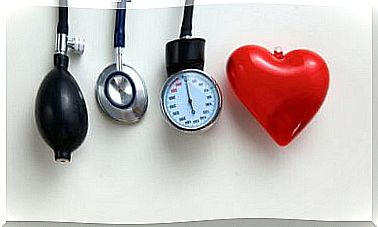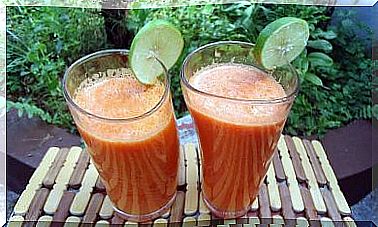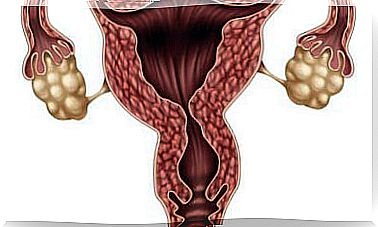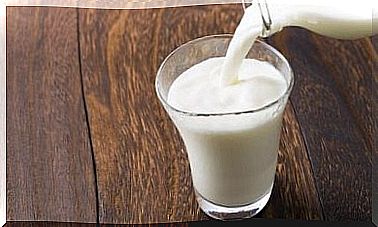What Are The Differences Between Glucose And Fructose?
Do you know the differences between glucose and fructose? Do you know which one is best for you? Both are isomers, that is, they have the same chemical formula, but their molecular structure is different. For this reason, their metabolic routes differ and, therefore, also their effects on the body.
Glucose
Glucose, like fructose, is a monosaccharide. Its glycemic index is high and therefore constitutes a substance that raises blood glucose as fast as it is absorbed. This condition makes it an unhealthy substance for health, as stated in an article published in the journal Cell Metabolism .
It is found in many foods in the form of glucose or starch (binding of glucose molecules). However, as a household sweetener, it is difficult to find it in a format other than table sugar.
Despite the difficulties, the ordinary consumer can already find it in its pure form in the same format in which the food industry has been using it for years: dextrose.
Fructose
Fructose is the sugar with the greatest sweetening power. Paradoxically, its ability to raise blood glucose is much lower than that of glucose. In fact, its glycemic index is classified as low.
Unlike glucose, it is easy to find freely for home use. In addition, it is the favorite sweetener in the food industry due to its low cost and maximum sweetness.
Its consumption as a sweetener became popular in 1960 as a result of its low cost together with the appearance of research that demonstrated its low glycemic index.
In natural foods we find it mainly in fruit. However, the damages that we will detail below are not attributable to its consumption. This is because the density of fructose is very low and its richness in fiber reduces and delays its absorption.
Cardiometabolic differences between glucose and fructose
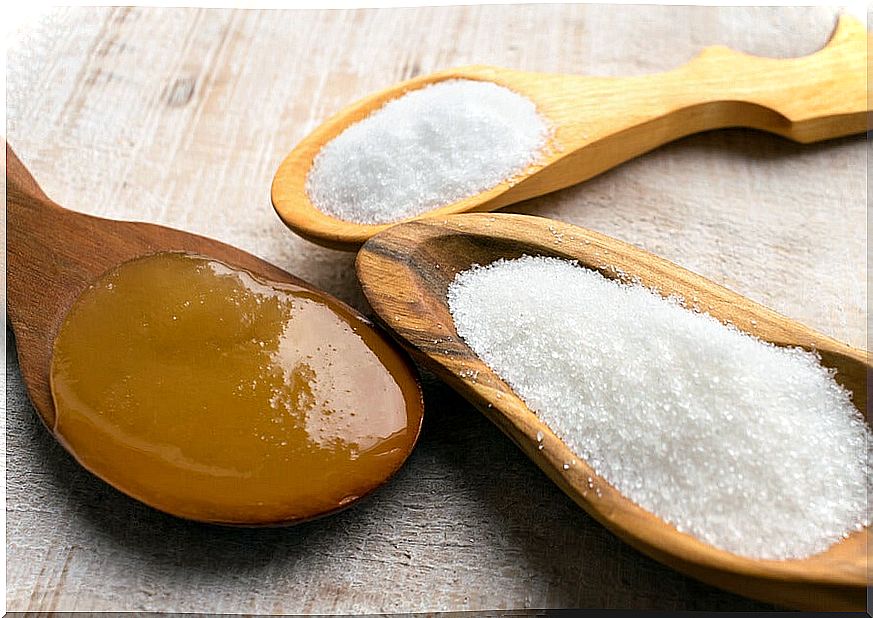
The structural differences between glucose and fructose mean that their metabolic routes differ from each other and, therefore, their impact on the body is also different.
The body’s energetic fuel
Glucose reaches all the cells of the body through specific transporters (notably, GLUT2, GLUT3 and GLUT4). This means that all cells use glucose as their main energy fuel.
However, fructose uses GLUT5 transporters and can only form liver glycogen and fatty acids. That is, it is only absorbed by hepatocytes and adipocytes. This results in less opportunity for use and a greater tendency to accumulate body fat.
Appetite
A study published in 2019 shows that glucose consumption increases appetite. This is probably due to its ability to stimulate the production of insulin spikes and the consequent withdrawal of glucose from the blood. Thus, it is the decrease in blood glucose that is responsible for the increase in appetite.
Fructose, glucose and adiponectin
Adiponectin is a protein secreted mainly by adipocytes and cardiomyocytes. Its level is inversely proportional to the percentage of body fat and is reduced in states of obesity and diabetes mellitus.
In addition, it has an important role in the regulation of energy metabolism since:
- It favors the oxidation of fatty acids.
- Reduces plasma triglycerides.
- Increases sensitivity to insulin.
In this regard, it is known that glucose has a greater capacity than fructose to induce the release of adiponectin and achieve the benefits associated with its increase.
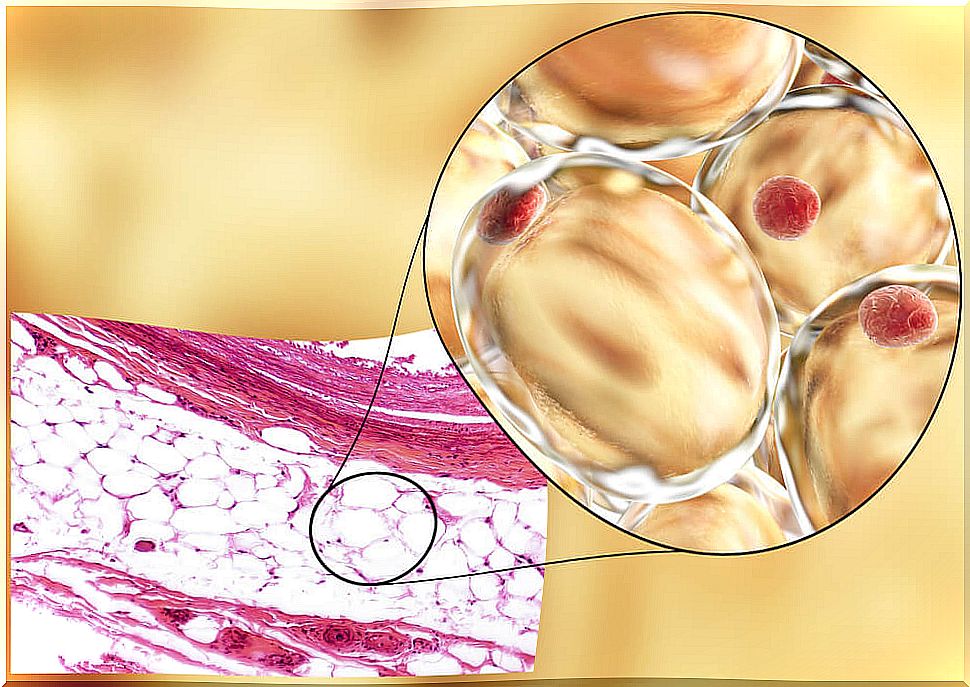
Metabolic control
Fructose’s metabolic pathway is less controlled than that of glucose. For example, fructose does not depend on sodium to enter the interior of cells. Thus, all fructose travels from the intestine to the liver for metabolism.
Furthermore, fructose cannot be accumulated in the form of muscle glycogen nor used by cells other than adipocytes and hepatocytes. This, together with its ease of entering the cell interior, supposes a rapid activation of lipogenesis (formation of body fat).
Fatty acids
Fructose reduces fatty acid oxidation and increases lipid synthesis in the liver. Thus, its excessive consumption has been related to liver overload and fatty liver.
If we take into account that it is contained in most processed foods and that their consumption has increased, it does not seem very difficult to achieve the excessive consumption mentioned. The excess seems even simpler if we think that many people have opted for its consumption as a sweetener due to its lower glycemic index.
Effect of the consumption of glucose and fructose on the relaxation of the aortic artery
Akther, Alegret, Laguna, Roglans, Roshanak, Sangüesa & Shaligram (2017) studied the effects of glucose and fructose consumption in a population of rats exposed to a nitric oxide donor agent and found that the aorta artery was less able to relax in the rats that received fructose.
This means a worse cardiovascular state and a lower response to the most widely used pharmacological treatment (nitroglycerin) for ischemic heart disease (obstruction of blood flow to the heart muscle).
Fructose supposes a worse metabolic and cardiovascular state
Based on all of the above, despite the fact that glucose consumption increases appetite, studies find that fructose is probably the carbohydrate with the highest obesogenic capacity. In fact, its consumption has been linked to the now famous “metabolic syndrome”.
Furthermore, fructose consumption has been associated with insulin resistance, poorer lipid profile, and inadequate cardiovascular response.

Practical considerations based on the differences between glucose and fructose
We already know the differences between glucose and fructose and their impact on health, but what does this information mean on a day-to-day basis?
What do I do with the fructose?
As we have already seen, despite its low glycemic index, its consumption supposes endless negative effects that end in more obesity, diabetes, liver disease and everything that these carry with them.
In this sense, we must bear in mind that most processed foods contain fructose within their ingredients. So today you have one more reason to abandon the consumption of processed foods.
When to consume glucose?
One of the big differences between glucose and fructose is their ability to raise blood sugar. Thus, we must opt for glucose consumption in cases where we need a quick energy intake. This would be during intense physical exercise or at the end of it.
If the energy demand is very high (intense physical activity> 2.5-3 hours) it would be advisable to choose combined carbohydrates with a high glycemic index. This would be honey, table sugar, or the concomitant use of free glucose and fructose. In this way, we would be saturating all the transporters that carry the sugar to the cells and, therefore, satisfying the energy demand.
A low glycemic index alternative
However, in all other circumstances we should not opt for glucose. At the same time, we should not opt for fructose either since, despite its low glycemic index, it has a very negative cardiometabolic impact. Non-caloric sweeteners are not a good alternative either.
Glucose and fructose are not usually recommended
In all those moments other than the practice of intense physical exercise, the ideal would be a low glycemic index glucose but unfortunately it does not exist. So the best alternative will be coconut sugar.
Coconut sugar is a natural sweetener based on sucrose (50% glucose and 50% fructose) and its glycemic index is low. Since it is not refined, its water and fiber content is higher than that of other sweeteners. This makes the proportion of sucrose in each serving lower.
Do not forget that, as long as you do not need an immediate energy intake, the consumption of free sugars (whatever it is) should be as low as possible.

